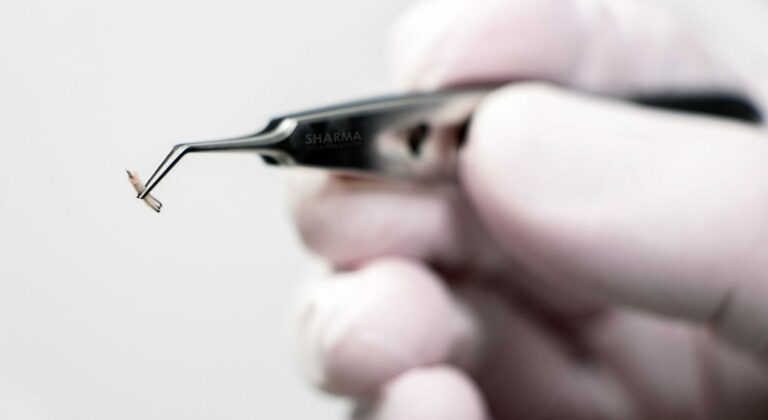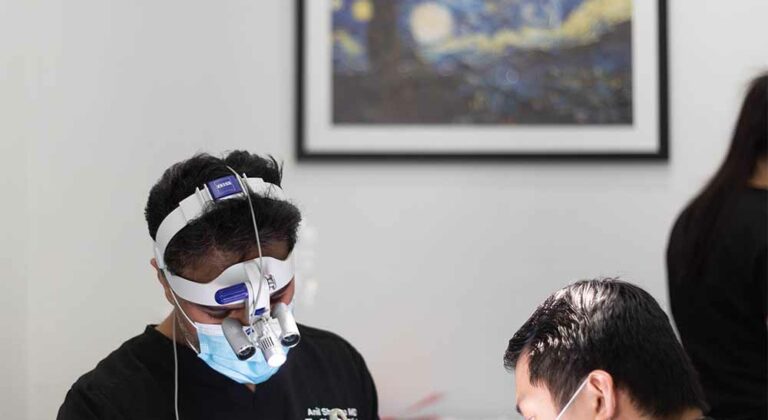Today, many treatment options exist that can soften the signs of ageing. The first step should be a facial mapping assessment to determine how to bring symmetry to both sides of the face and reintroduce a homogenous skin tone and texture. Doing it this way maintains a natural, healthy look.
What contributes to the ageing process?
There are several inherent factors that significantly impact the physical appearance of ageing and wrinkles. Genetics, gravity, the environment (pollution), and hormones are all causes beyond our control that influence how ‘aged’ we appear. Lifestyle choices also take their toll, and can substantially impact the rate at which our face loses vitality. Our stress levels, exposure to the sun‘s UV rays, poor diet, lack of exercise, and tobacco and alcohol consumption can all cause damage.
What Goes on Under the Surface?
Studies show that normal functions in the skin may drop to 50% by the time we reach middle age. This deterioration creates considerable change under the skin’s surface. Not surprisingly, these internal changes impact how a person looks on the outside. As a person ages, the blood flow to the skin slows. This means the important nutrients and hydration needed for cell renewal and healing aren’t available.
Additionally, the body’s production of the following important substances decreases:
- Hyaluronic acid (creates fullness and retains moisture)
- Lipids (hold in moisture and protects the skin from external impurities)
- Collagen (provides structural support to the skin)
- Elastin (allows the skin to stretch and return back to normal)
What Impact Does this Have on the Surface?
As we are all aware, the wear and tear our bodies take over time cause multiple unappealing effects on our appearance. Some of these include:
- Deeper wrinkles
- Thin/fragile looking skin
- Hollow cheeks
- Corners of the mouth droop down
- Dry, rough skin
- Saggy face shape
- Loose neck skin
- Wider, slacker jawline (jowls)
Any one of these changes can dramatically influence how we look. Combined, they alter a person’s entire face shape. This not only impacts how people see us physically, but also how they perceive our personality. As the face shape shifts downward and the skin looks dull, we appear more serious and stressed. Therefore, people assume, we are less happy. For those who feel vivacious on the inside, this emotional impact can be devastating.
How can we combat the effects of ageing?
As we age, our facial structures recede which in turn leads to sagging and hollow facial features. Facial rebalancing requires a keen aesthetic eye and skill to re-frame the face. With this beautiful woman, it was important to embrace her European slender looks. We embraced her natural beauty whilst enhancing her angular jawline, lateral cheek compartment, and re-volumizing her lips. It is so important to keep the face balanced and ensure the final results are tasteful.
Medically reviewed by
Updated on
Have a question?
Find out how we can help you look feel your absolute best
Contact us 780-476-7970


